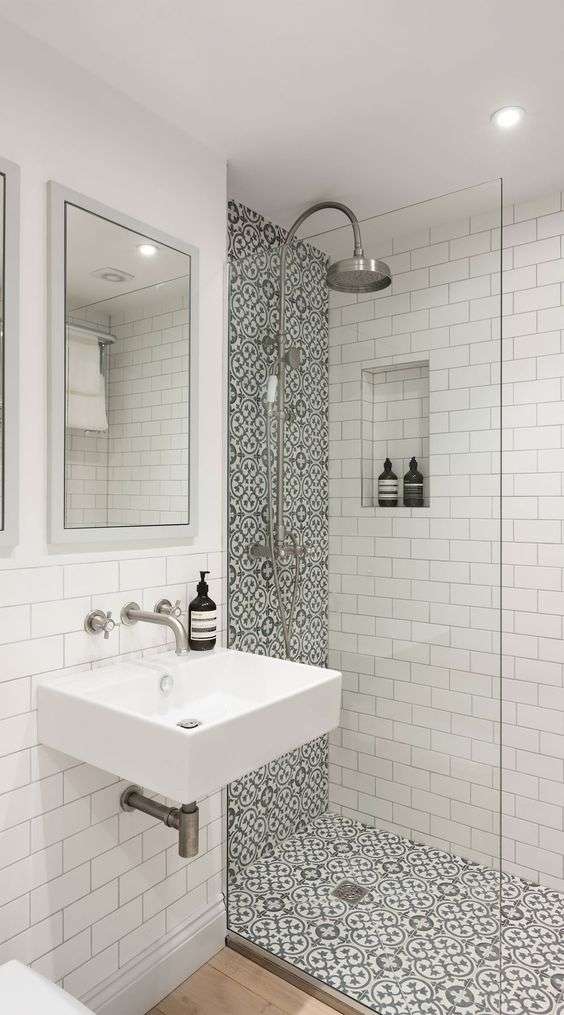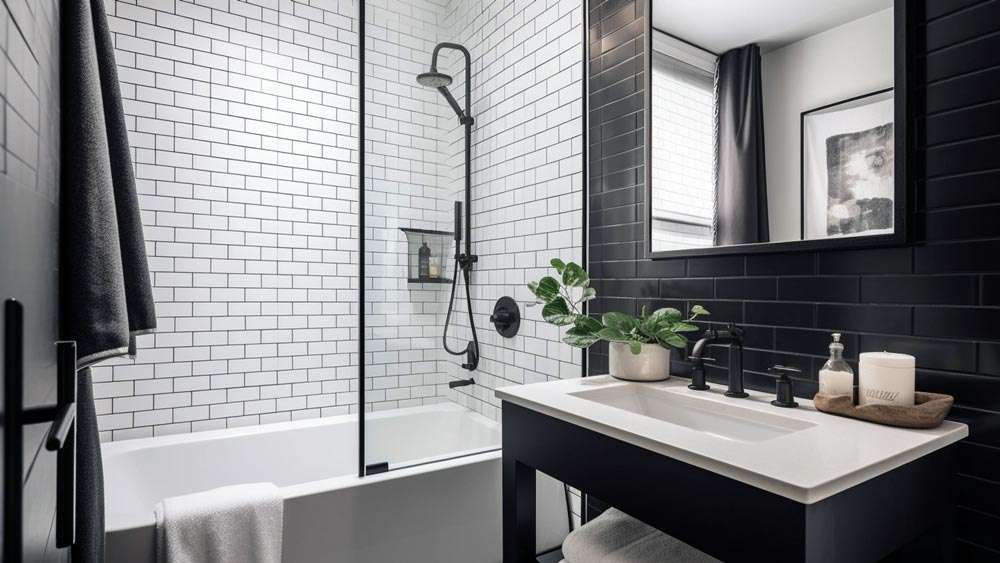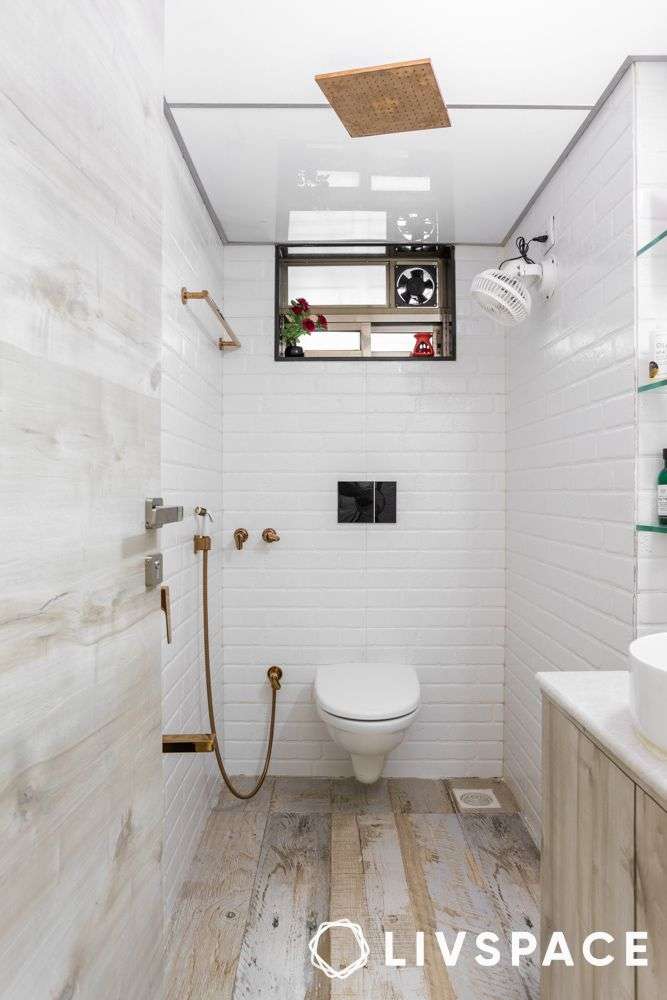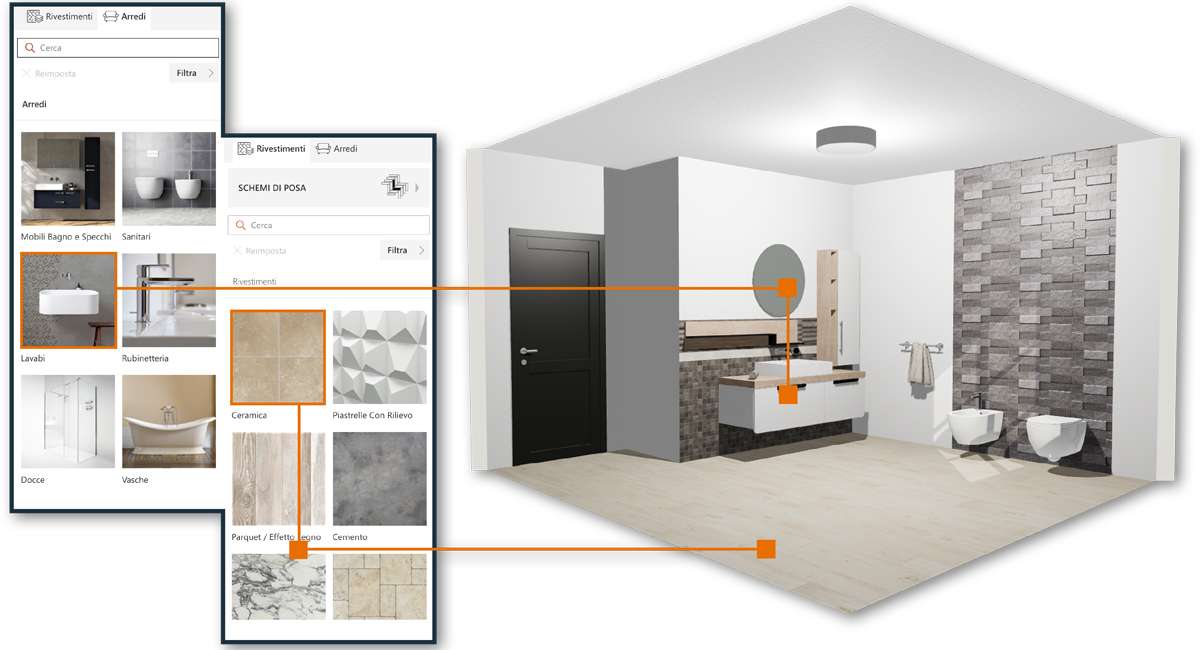Transforming a cramped bathroom into a luxurious and functional space can be a challenge, but with clever **bathroom shower designs for small spaces**, it’s absolutely achievable. Forget the claustrophobic cubicle; innovative solutions abound, focusing on maximizing every inch and creating an illusion of spaciousness. From corner showers and wet rooms to glass enclosures and strategic tile choices, the key is to optimize the layout and select fixtures that complement the limited dimensions. Choosing the right **bathroom shower designs for small spaces** can dramatically alter the feel and functionality of your bathroom.
Maximizing Space with Clever Shower Designs
When space is at a premium, every detail matters. Here are some strategies to make the most of your small bathroom shower:
- Corner Showers: These are a classic solution for small bathrooms, tucking neatly into a corner and freeing up valuable floor space.
- Wet Rooms: Eliminating the shower enclosure entirely creates a seamless, open feel. Proper waterproofing is crucial for this design.
- Sliding Shower Doors: Unlike hinged doors, sliding doors don’t require extra clearance, making them ideal for tight spaces.
- Curbless Showers: A curbless design allows for easy access and creates a more streamlined aesthetic.
Choosing the Right Fixtures and Materials
The materials and fixtures you select can significantly impact the look and feel of your small bathroom shower.
Tile Selection
Larger tiles minimize grout lines, creating a cleaner and more expansive look. Light-colored tiles reflect light, making the space feel brighter and more open. Vertical tile patterns can visually elongate the walls;
Showerheads and Faucets
Consider a rain showerhead for a luxurious experience without taking up extra space. Wall-mounted faucets free up vanity space. Opt for minimalist designs to avoid clutter.
Comparative Table: Shower Door Options
| Door Type | Space Saving | Aesthetics | Cost |
|---|---|---|---|
| Sliding Doors | Excellent | Modern | Moderate |
| Hinged Doors | Poor | Traditional/Modern | Moderate |
| Folding Doors | Good | Functional | Low |
| No Door (Wet Room) | Excellent | Modern/Minimalist | Moderate (Waterproofing) |
Ultimately, creating a stylish and functional shower in a small bathroom is about smart planning and creative design. By carefully considering layout, fixtures, and materials, you can transform even the tiniest space into a relaxing and inviting oasis. With thoughtful execution, your small bathroom can be a testament to the power of innovative design; careful attention should be paid to the shower tray size and dimensions, and how these measurements integrate with the existing room geometry. The key is to find solutions that work for *your* particular needs and aesthetic preferences. Choosing the right elements can dramatically increase the overall value and comfort of your home. Finally, remember that careful planning and attention to detail are essential for creating a successful and enjoyable shower experience in a limited space.







